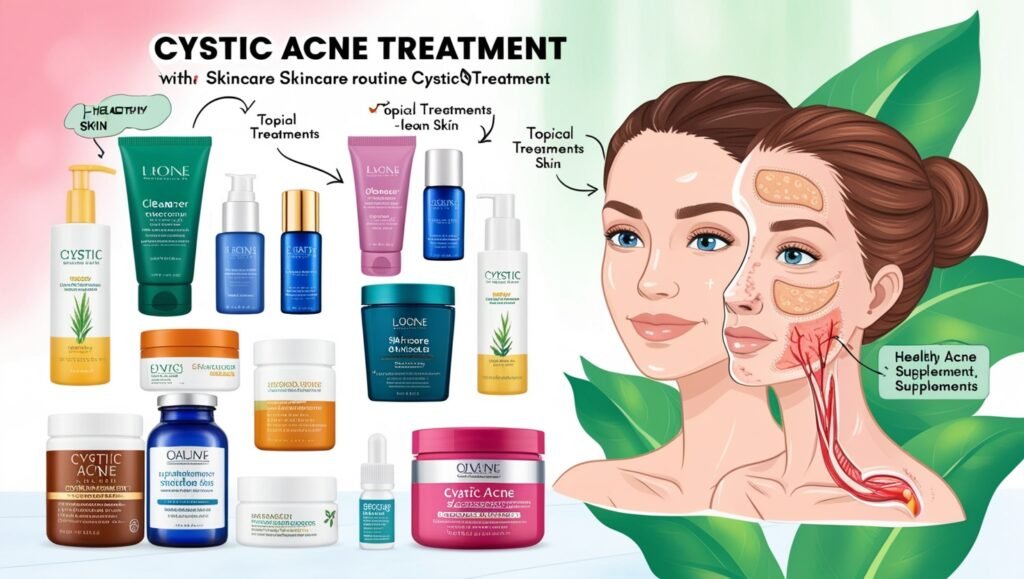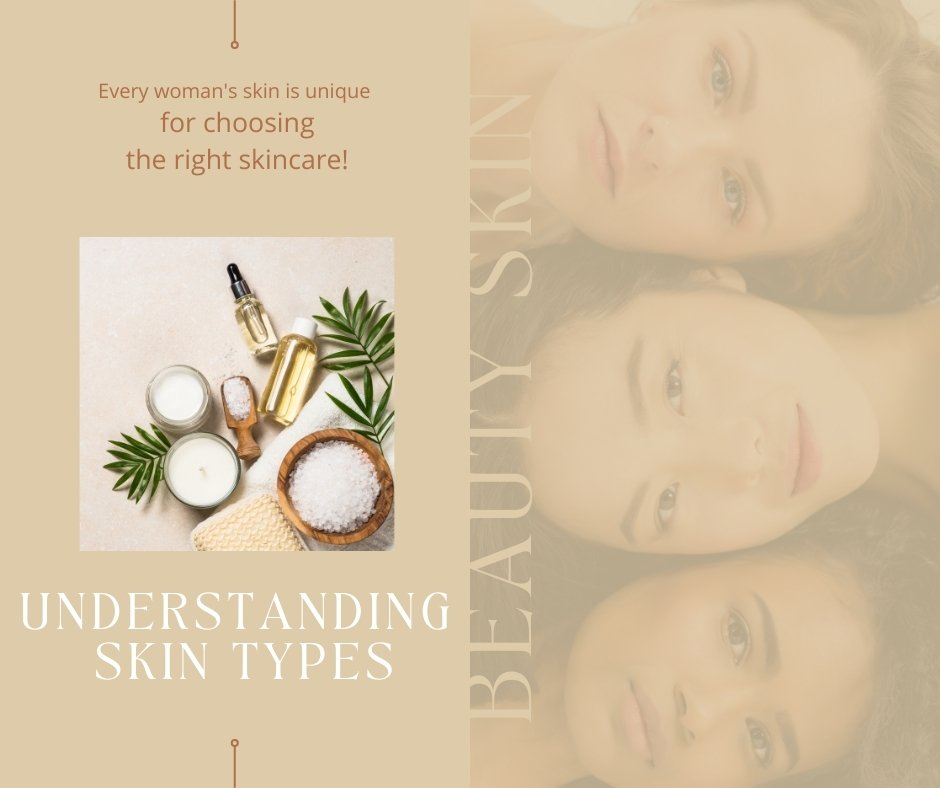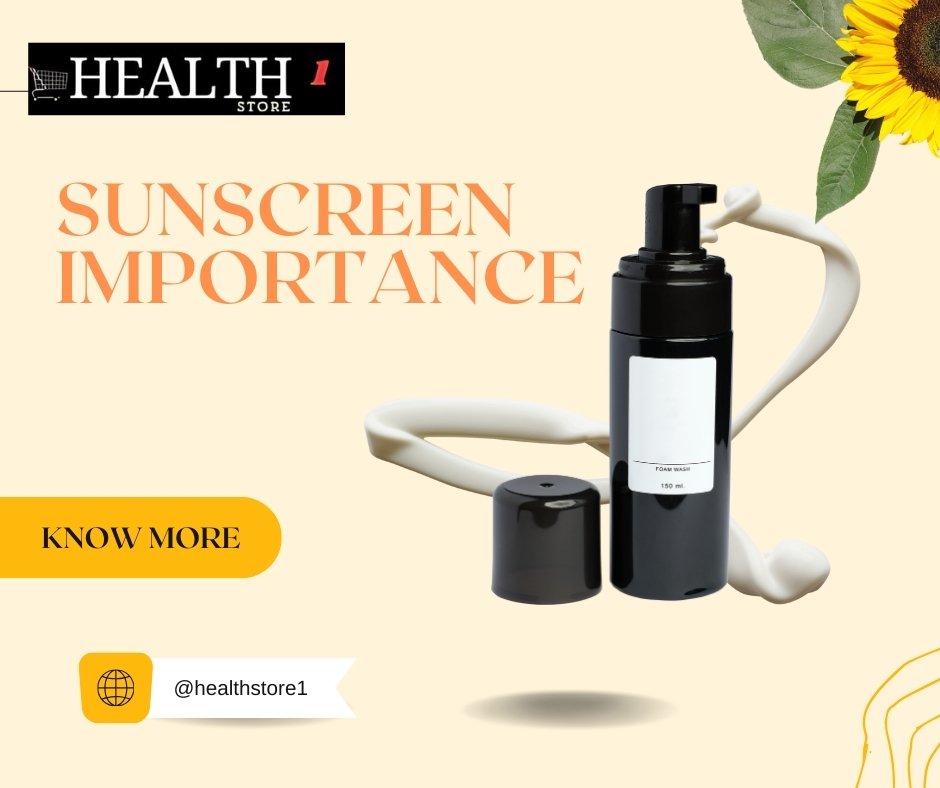Introduction to Cystic Acne Treatment
Cystic acne is a severe form of acne that develops deep within the skin, causing painful and large, inflamed bumps. Unlike mild to moderate acne, cystic acne often leads to scarring and requires targeted treatments to manage effectively. If you suffer from cystic acne, it’s essential to understand the causes, available treatments, and preventive measures to achieve long-term relief. This comprehensive guide will explore the most effective cystic acne treatments, focusing on both over-the-counter and prescription options, as well as natural remedies.
Table of Contents
Cystic Acne Treatment Plan
What is Cystic Acne?
Cystic acne is the most severe type of acne vulgaris, characterized by large, red, and painful cysts that develop under the skin. Unlike regular acne, which occurs on the surface, cystic acne affects deeper layers of the skin, leading to inflammation and tenderness.
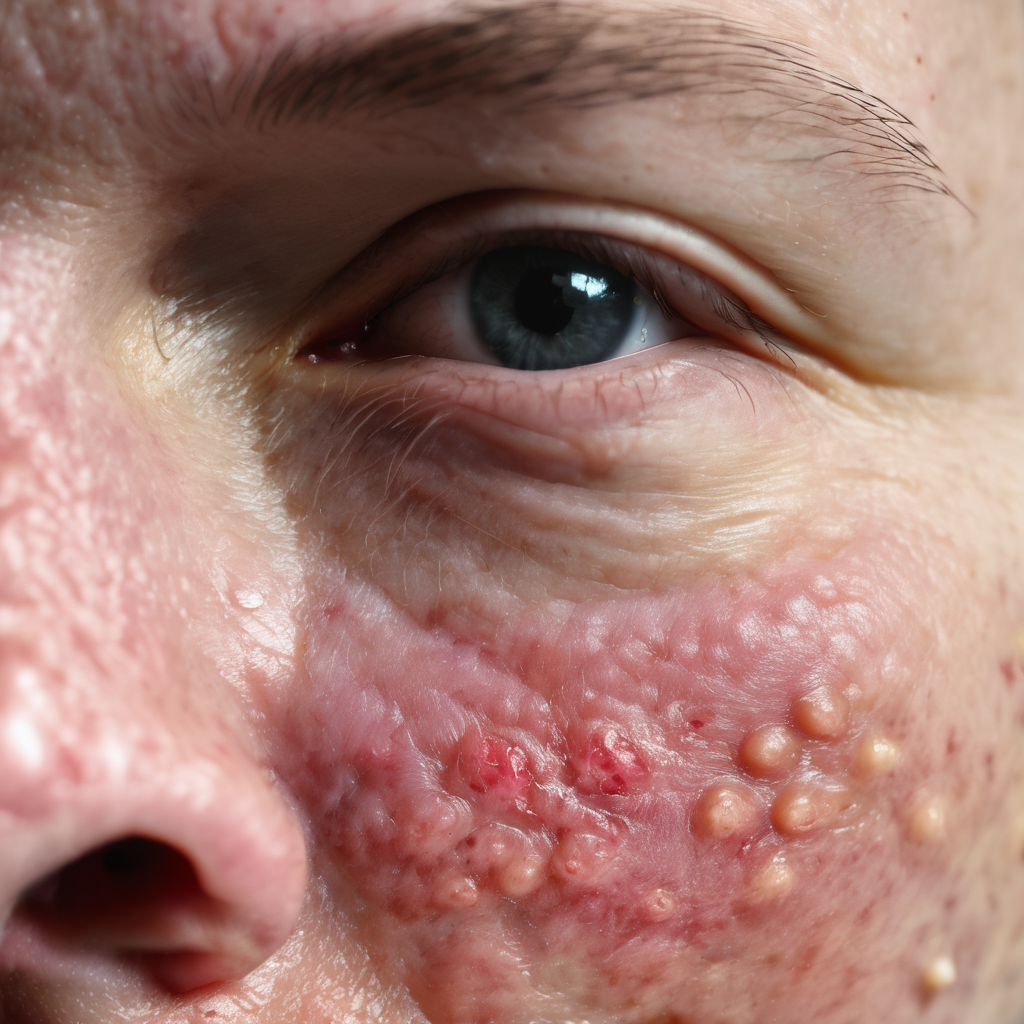
Causes of Cystic Acne
Several factors contribute to the development of cystic acne, including:
- Hormonal imbalances: Fluctuations in hormones, especially during puberty, menstruation, or pregnancy, can lead to cystic acne.
- Genetics: A family history of cystic acne increases your likelihood of developing the condition.
- Bacterial infection: The bacteria Cutibacterium acnes (formerly Propionibacterium acnes) contribute to inflammation.
- Excess oil production: Overactive sebaceous glands produce too much oil, clogging pores and leading to cysts.
- Diet: Diets high in sugar and dairy can exacerbate acne.
Symptoms of Cystic Acne
- Deep, painful cysts: Unlike regular pimples, cysts form under the skin and can be tender to the touch.
- Inflammation: Affected areas become red and swollen.
- Scarring: Cystic acne is more likely to leave permanent scars if untreated.
Cystic Acne Treatments
1. Prescription Medications
For severe cases of cystic acne, dermatologists often recommend prescription treatments to tackle inflammation and bacterial infections.
a) Oral Antibiotics
- Tetracyclines (e.g., doxycycline, minocycline): These antibiotics help reduce bacterial growth and inflammation. However, long-term use can lead to antibiotic resistance.
- Side effects: Nausea, sensitivity to sunlight, and upset stomach are common.
b) Isotretinoin (Accutane)
- How it works: Isotretinoin is a powerful oral retinoid that reduces the size of oil glands and prevents clogged pores.
- Effectiveness: Considered one of the most effective treatments for severe cystic acne, with up to 85% of users seeing significant improvement.
- Side effects: Due to its potency, isotretinoin has side effects, including dry skin, nosebleeds, and birth defects. Patients must follow strict guidelines during treatment, including regular blood tests and avoiding pregnancy.
c) Oral Contraceptives
- Best for: Women with hormone-related cystic acne may benefit from oral contraceptives that regulate hormone levels.
- Effectiveness: Studies show that certain birth control pills can reduce acne by balancing estrogen and progesterone levels.
- Side effects: Headaches, nausea, and weight gain.
d) Spironolactone
- How it works: This anti-androgen drug reduces androgen levels in women, limiting oil production and acne formation.
- Side effects: Dizziness, menstrual irregularities, and high potassium levels.
2. Topical Treatments
Topical treatments are often used alongside oral medications to target cystic acne at the skin’s surface.
a) Topical Retinoids
- How they work: Retinoids like adapalene or tretinoin help unclog pores and reduce inflammation.
- Effectiveness: Studies suggest that regular use of topical retinoids can reduce acne lesions by 40-70%.
- Side effects: Redness, dryness, and peeling.
b) Benzoyl Peroxide
- How it works: Benzoyl peroxide kills acne-causing bacteria and reduces inflammation.
- Effectiveness: Works best on mild to moderate acne but can be used as part of a regimen for cystic acne.
- Side effects: Dryness and irritation.
c) Salicylic Acid
- How it works: This beta-hydroxy acid exfoliates the skin, unclogs pores, and reduces oil.
- Effectiveness: Can help reduce the frequency of cystic acne breakouts.
- Side effects: Dryness, peeling, and irritation in sensitive skin.
3. Natural and Home Remedies
In addition to medical treatments, many people seek natural alternatives to treat cystic acne. While natural remedies may not work as quickly as prescription medications, they can provide supportive care.
a) Tea Tree Oil
- How it works: With antibacterial and anti-inflammatory properties, tea tree oil can reduce the severity of acne.
- Effectiveness: Research indicates that tea tree oil reduces acne lesions by 24% over a few weeks.
- Side effects: May cause irritation if used undiluted.
b) Aloe Vera
- How it works: Aloe vera’s soothing and anti-inflammatory properties make it effective in calming irritated skin.
- Effectiveness: Can reduce redness and swelling when applied to inflamed cysts.
- Side effects: Minimal, though some may experience mild irritation.
c) Zinc Supplements
- How it works: Zinc can reduce inflammation and help prevent acne-causing bacteria from thriving.
- Effectiveness: Clinical trials show zinc supplementation can reduce acne by 50% after three months.
- Side effects: Stomach upset when taken on an empty stomach.
d) Apple Cider Vinegar
- How it works: With antimicrobial properties, apple cider vinegar may reduce bacteria and oil on the skin.
- Effectiveness: Limited studies, but anecdotal evidence suggests it can help with acne.
- Side effects: May cause skin irritation if applied directly without dilution.
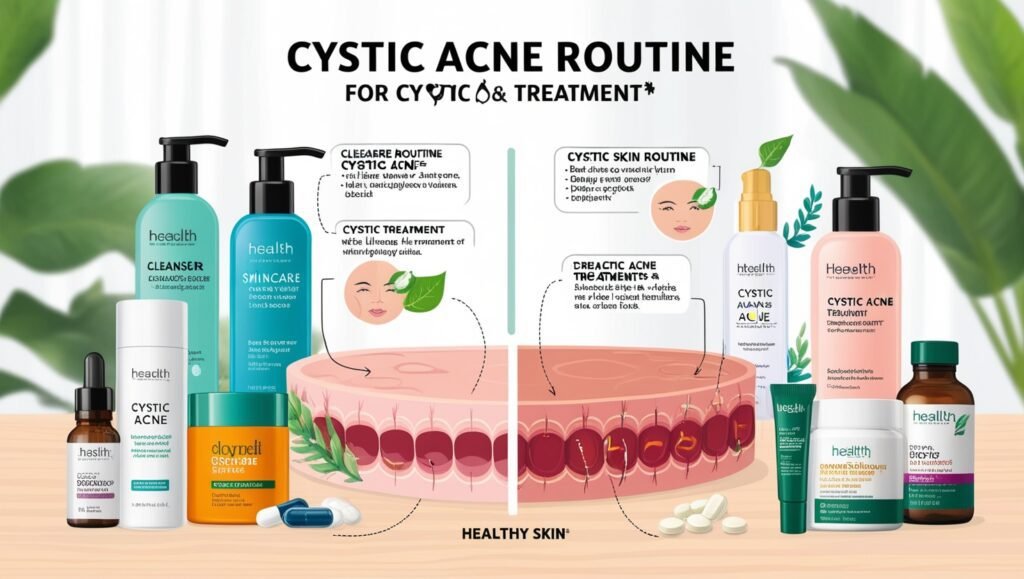
Cystic Acne Treatment: Preventive Measures
Preventing cystic acne from worsening or recurring involves making lifestyle changes and maintaining good skincare practices.
a) Skincare Routine
- Use gentle, non-comedogenic products: Avoid harsh scrubs that can irritate cystic acne. Use a mild cleanser twice daily.
- Moisturize: Even oily skin needs moisture to prevent overproduction of sebum.
- Sunscreen: Protect skin from UV rays to reduce acne scars.
b) Dietary Changes
- Reduce high-glycemic foods: Avoid sugary foods and processed carbs, which can trigger acne flare-ups.
- Consume anti-inflammatory foods: Add omega-3-rich foods (e.g., salmon, chia seeds) and antioxidants to reduce inflammation.
Success Rates of Different Cystic Acne Treatments
| Treatment | Success Rate | Duration for Results | Side Effects |
|---|---|---|---|
| Isotretinoin | 85% | 6-9 months | Dry skin, birth defects |
| Oral Antibiotics | 60-70% | 6-12 weeks | Nausea, antibiotic resistance |
| Oral Contraceptives | 50-60% | 3-6 months | Headaches, nausea |
| Topical Retinoids | 40-70% | 8-12 weeks | Redness, peeling |
| Tea Tree Oil | 24% | 6-8 weeks | Skin irritation |
| Zinc Supplements | 50% | 3 months | Stomach upset |
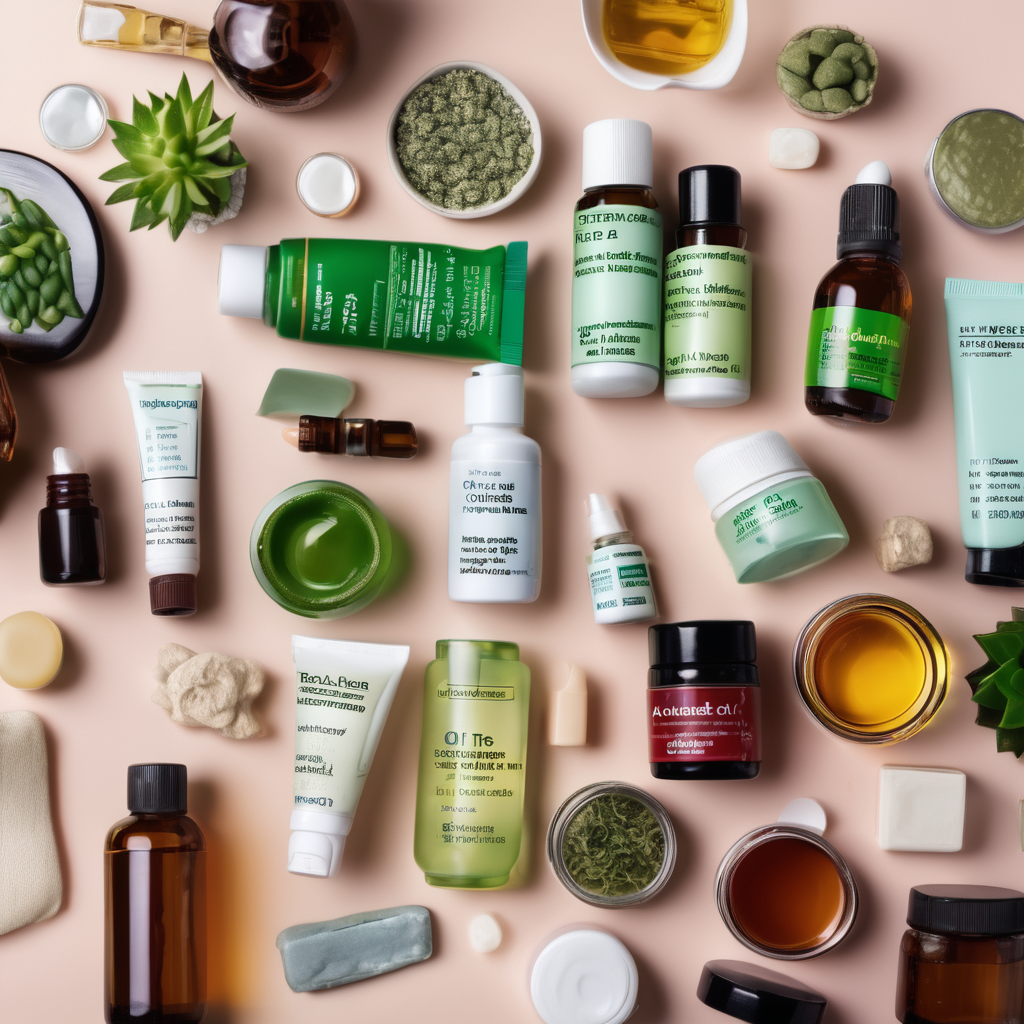
FAQs about Cystic Acne Treatment
1. Can cystic acne go away on its own?
While mild acne may improve without treatment, cystic acne usually requires medical intervention to prevent scarring and long-term damage.
2. How long does it take to see results from cystic acne treatment?
The timeline varies based on the treatment. Prescription medications like isotretinoin may take 6-9 months, while natural remedies can take longer, typically 6-12 weeks.
3. Can diet alone clear cystic acne?
While diet plays a role in acne, it’s unlikely that diet changes alone will clear severe cystic acne. A combination of treatments is usually necessary.
Here are some additional frequently asked questions (FAQs) regarding cystic acne treatment:
4. What should I avoid if I have cystic acne?
Avoid picking or squeezing cystic acne lesions, as this can worsen inflammation and lead to scarring. Additionally, stay away from heavy or greasy skincare products that can clog pores, and limit your intake of high-glycemic foods.
5. How can I reduce scarring from cystic acne?
To minimize scarring, seek treatment options early, such as topical retinoids or professional treatments like chemical peels and microneedling. Additionally, keeping the skin moisturized and protected from sun exposure can aid in healing.
6. Is it safe to use makeup with cystic acne?
While makeup can help conceal cystic acne, choose non-comedogenic and oil-free products to avoid clogging pores. Always remove makeup thoroughly at the end of the day to prevent breakouts.
7. Can stress cause cystic acne?
Yes, stress can contribute to hormonal fluctuations and increase oil production, which may exacerbate cystic acne. Incorporating stress-reduction techniques like exercise, meditation, or yoga can be beneficial.
8. When should I see a dermatologist for cystic acne?
If you experience persistent cystic acne that doesn’t improve with over-the-counter treatments, or if it’s causing significant discomfort or emotional distress, it’s essential to consult a dermatologist for a tailored treatment plan.
9. Are there any new treatments for cystic acne?
Research is ongoing, and new treatments, such as biologics and novel topical therapies, are being explored. Always consult a healthcare professional about the latest options available for cystic acne.
10. Does cystic acne affect only teenagers?
While cystic acne commonly appears during adolescence, it can also affect adults, particularly women experiencing hormonal fluctuations due to conditions like polycystic ovary syndrome (PCOS).
11. Can I use multiple treatments simultaneously?
Yes, many individuals find success with a combination of treatments, such as topical retinoids alongside oral medications. However, it’s crucial to consult with a dermatologist to create a safe and effective treatment plan.
12. Is there a link between cystic acne and other health conditions?
Cystic acne can be associated with hormonal imbalances and conditions like PCOS. If you suspect an underlying health issue, discussing this with a healthcare provider is advisable.
13. How long should I try a treatment before deciding it doesn’t work?
Generally, it can take several weeks to a few months to see noticeable results from acne treatments. If you don’t see improvement after 8-12 weeks, consult your dermatologist for an evaluation and potential changes to your treatment plan.
14. Can my pillowcase affect my cystic acne?
Yes, dirty pillowcases can harbor bacteria and oil, which may contribute to acne. Regularly changing and washing your pillowcase can help minimize the risk of breakouts.
15. Are there any supplements that help with cystic acne?
Certain supplements, such as omega-3 fatty acids, zinc, and vitamin A, may help improve skin health. However, it’s best to discuss any supplements with a healthcare provider before starting them.
Conclusion of Cystic Acne Treatment
Cystic acne is a challenging condition that requires a multifaceted approach to treatment. Prescription medications such as isotretinoin and oral antibiotics provide the most effective solutions, while topical cystic acne treatments and lifestyle changes can complement these efforts. Also, natural remedies like tea tree oil and zinc may offer relief. By working with a dermatologist to create a personalized treatment plan, you can effectively manage cystic acne and minimize scarring.
References
- Del Rosso, J. Q., & Zeichner, J. A. (2018). Cystic Acne: A Review of Pathophysiology and Treatment Options. Journal of Clinical and Aesthetic Dermatology, 11(5), 43-49.
- Zaenglein, A. L., Pathy, A. L., Schlosser, B. J., Alikhan, A., Baldwin, H. E., Berson, D. S., … & Bhushan, R. (2016). Guidelines of care for the management of acne vulgaris. Journal of the American academy of dermatology, 74(5), 945-973.


